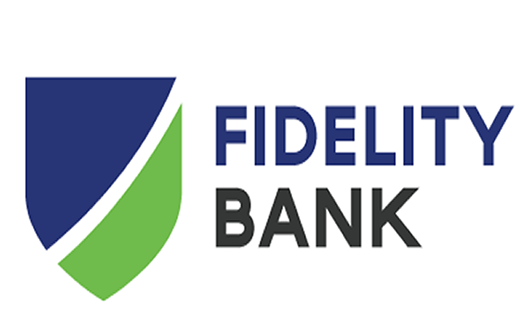Fidelity Bank’s Credit Losses Soar To N66bn On Final Quarter Surge
Fidelity Bank’s credit losses more than doubled in the final quarter from slightly over N32 billion at the end of the third quarter to N66 billion at full year.
The final quarter upsurge in loan losses is close to three times the N12 billion net impairment charges that rolled in in the third quarter. The full-year figure is a jump of over 12 times the closing figure of N5.4 billion in 2022.
The bank’s unaudited financial report for the full year ended December 2023 however shows two major compensatory leaps in incomes with a big cost saving that propelled a threefold rise in the bottom line to N142.8 billion at full year.
The first is foreign exchange gains of N44 billion, shooting up from N2.7 billion in the preceding year. The second is net gains on financial instruments that scurried from a net loss of N1.6 billion in the preceding financial year to N20 billion in 2023.
The big cost saving came from a tax credit of N20.8 billion at the end of the year that topped up a pre-tax profit of N122 billion to build an after-tax profit of N142.8 billion for the year. This is a high-speed growth in profit for the bank for the second year after doubling its profit to N46.6 billion in 2022.
The revenue inflows and the cost savings made the difference in the bank’s earnings story in 2023, speeding up from a less than 44 percent increase in net interest earnings after credit loss expenses to the tripling of the bottom line.
The revenue gains propelled outstanding growth of over 64 per cent in gross earnings – which closed at roughly N554 billion for the year. As much as N165 billion or 30 percent of the gross income for the year was realised in the final quarter.
Gross income was dominated by interest earnings, which grew by 56.4 percent to N457.5 billion while non-interest revenue spurred overall earnings growth at 138.6 percent to N96.4 billion.
The strong growth in interest income was further boosted by a relative slowdown in interest expenses – which grew by less than 26 percent to about N180 billion at the end of the year.
Cost saving from cost of funds enabled outstanding growth of about 82 percent in net interest earnings to about N277.8 billion.
The pressure from bad loan charges impacted net income, slowing down the rate of increase to less than 44 percent to close at N211.7 billion at the end of 2023.
Fidelity Bank expanded customer lending by close to N1 trillion to over N3 trillion during the year.
Further pressure from the side of the cost came from personnel expenses, which grew by 78 percent to almost N53 billion and led to an increase of 60.8 percent in total operating cost to over N194 billion.
With moderately stronger growth in revenue than operating cost, the operating cost margin stepped down from 35.8 per cent in 2022 to 35.1 percent at the end of 2023.
Tax credit windfall reinforced the moderate cost saving and enabled a big leap in net profit margin from 13.9 percent in the prior financial year to 25.8 percent in 2023.
Outstanding growth in revenue and the major gain in profit margin are the key functions in the impressive building of the bottom line the bank recorded in the year.
The bank closed the 2023 financial year with a balance sheet size of N6.2 trillion – an increase of 56 percent over the closing figure of less than N4 trillion in 2022.
The assets comprise mainly customer loans and advances of N3 trillion, restricted balances with the Central Bank of N1.2 trillion and debt instruments holdings of N819 billion.
The assets are financed mainly by customer deposits of more than N4 trillion, other liabilities of N1.1 trillion, borrowings of N577 billion and equity cushion of N433 billion.
Fidelity Bank closed the year’s operations with earnings per share of N4.46, rising from N1.61 per share in 2022.



Comments are closed.